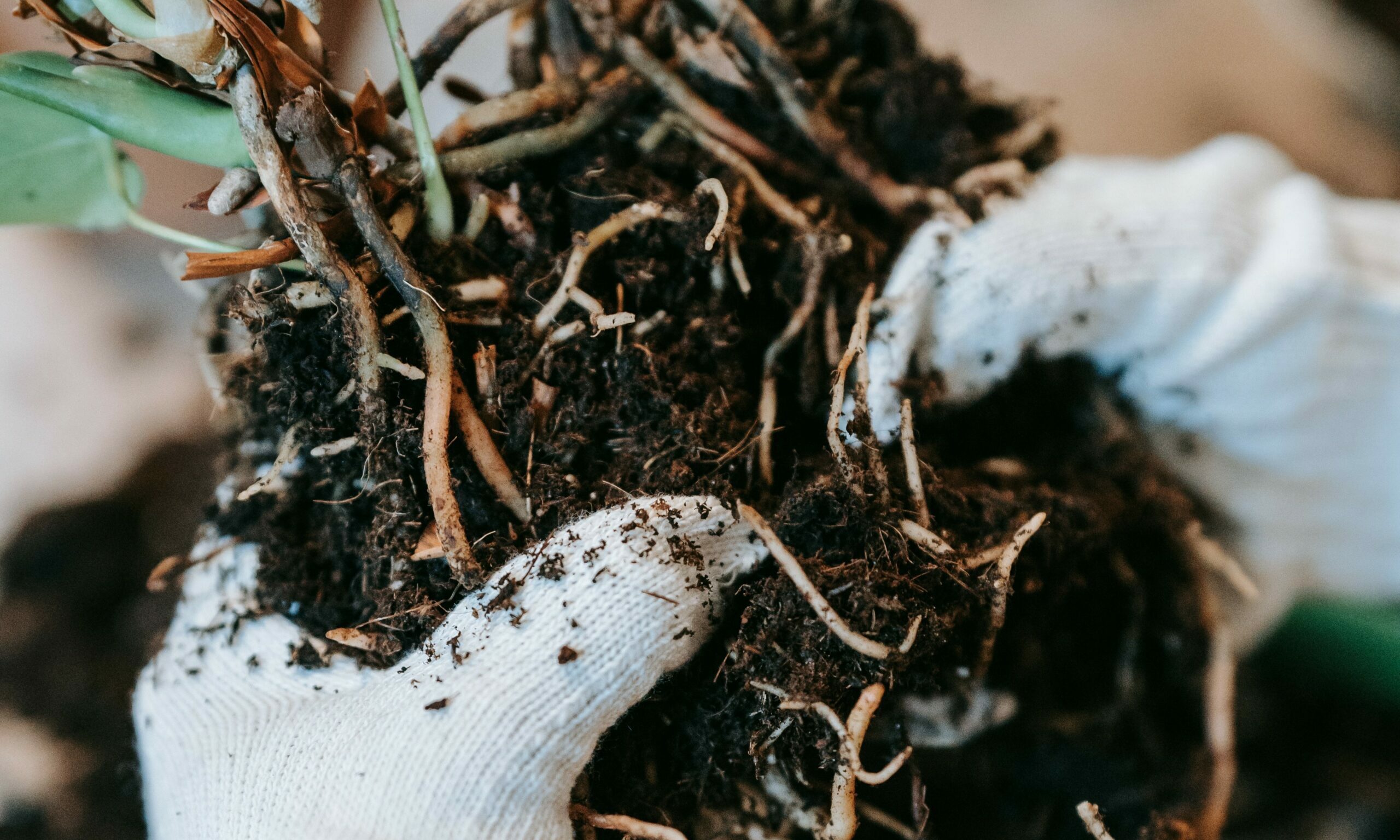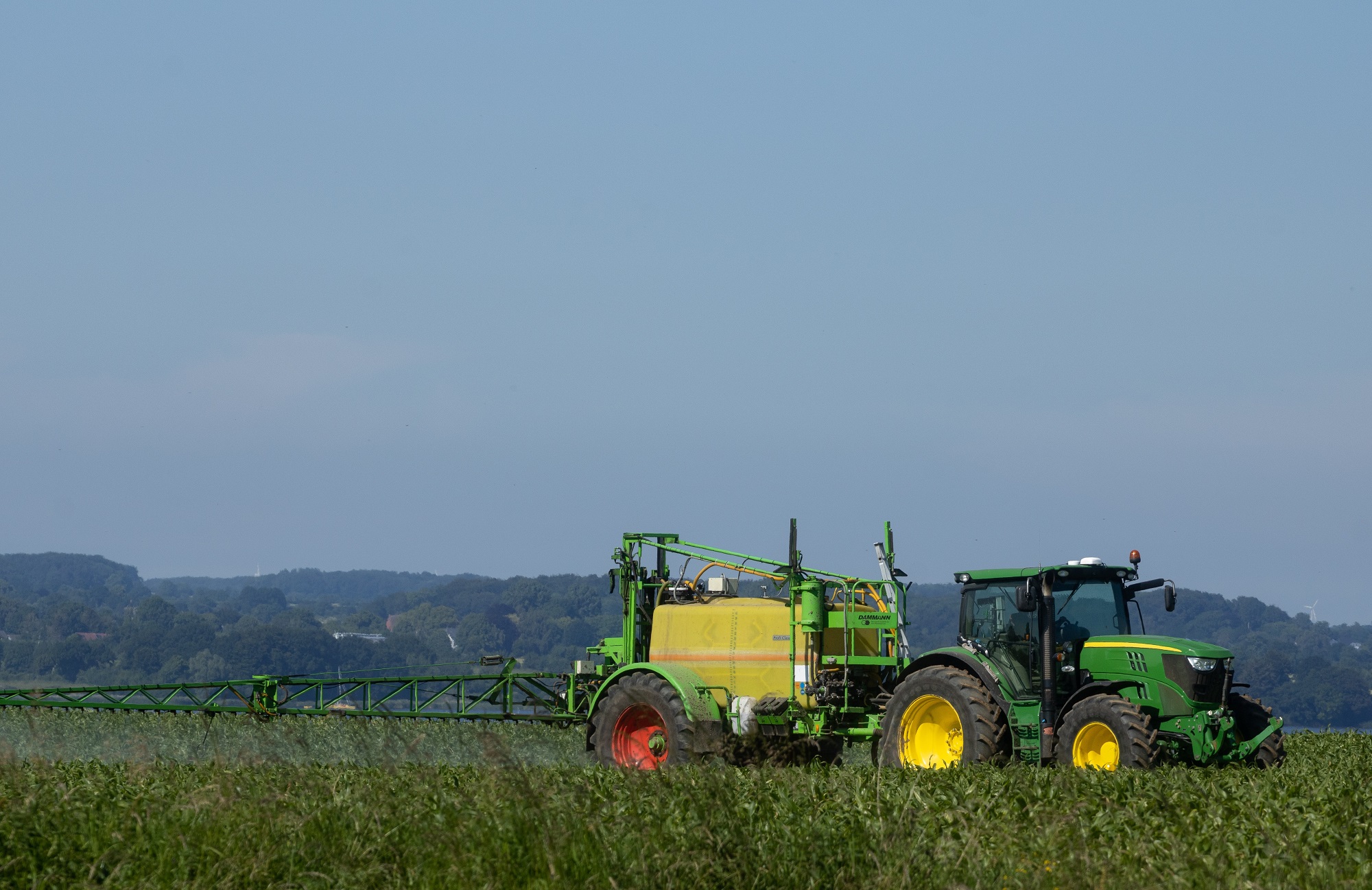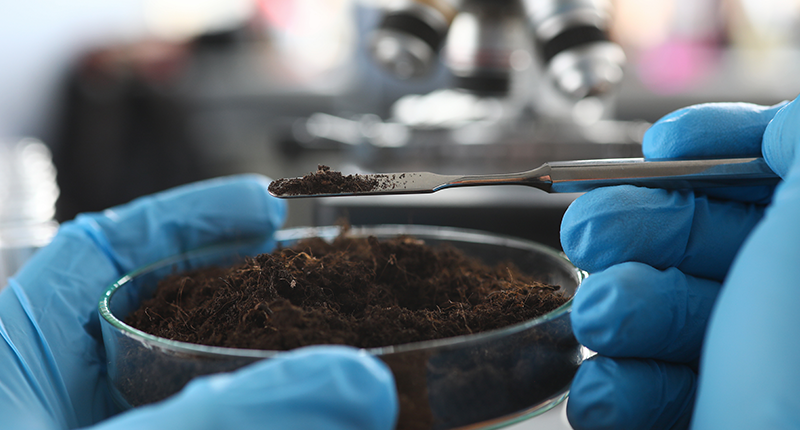Nitrogen-fixing bacteria are genuinely marvels of the natural world. They convert nitrogen gas from the atmosphere into biologically available nitrogen. Some have also learned to cooperate with plants and take up residence inside roots. These two processes, called nitrogen fixation and root nodulation, are essential for leguminous plants like soybean and clover. Other nitrogen-fixing bacteria live inside other plant tissues or outside the roots. They contribute nitrogen that fuels plant growth and, in turn, crop yields.
In a recent study published in the journal Agronomy for Sustainable Development, researchers sought to understand the role of nitrogen-fixing bacteria in agriculture in the largest assessment yet on this topic.
They analyzed data from peer-reviewed publications and 68 studies from seven countries and found that these bacteria can improve plant health and increase yields by up to 30 percent. This is a significant finding, as it could have major implications for food security and sustainable agriculture.

The Importance of Nitrogen-Fixing Bacteria
Nitrogen is an essential element for all life on Earth. It is a critical component of DNA and proteins; plants use it to produce chlorophyll. Although nitrogen gas makes up 78 percent of the air we breathe, it is unusable by plants in this form.
Bacteria in the genus Rhizobium are among the best-known nitrogen-fixing bacteria because they can form root nodules with legumes. In these nodules, the plant provides the bacterium with sugars and protection from oxygen, which impairs their ability to fix nitrogen. The bacteria, in turn, converts nitrogen gas into ammonium – a form the plant can use. The relationship between Rhizobium and legume is an example of a tight symbiosis, but other kinds of looser relationships between nitrogen-fixing bacteria and plants exist.
In agricultural systems, nitrogen-fixing bacteria can be applied to crops as biofertilizers.
Nitrogen-fixing bacteria are integrated into the soil by coating seeds with a liquid or peat-based powder Rhizobium inoculant (RI) or by treating the soil with a granular or liquid inoculant. The alternative is treating the soil with synthetic nitrogen fertilizer (NF).
Researchers evaluated the effects of RI, in comparison with NF, on the growth of the common bean. They found in some conditions, RI was more effective. They write:
“Here we show for the first time that RI was more efficient than NF when common beans were cultivated in the dry season, under a no-tillage system, and in soils with high organic matter content, with a potentially positive impact on yields,” the study authors wrote.
The benefits of nitrogen-fixing bacteria also go beyond beans.
Dr. Jean-Michel Ané, a professor of bacteriology and agronomy at UW–Madison and a co-author of a 2018 study published in the Journal PLOS Biology, identified landraces of tropical maize from Oaxaca, Mexico, that can acquire nitrogen by creating habitat for nitrogen-fixing bacteria in mucous-like substances in aerial roots.

The Role of Nitrogen-Fixing Bacteria in Reducing Synthetic Fertilizer Use
Beyond improving yields, nitrogen-fixing bacteria have a role in reducing agriculture’s dependence on synthetic fertilizers.
The Haber-Bosch process, which converts hydrogen and nitrogen to ammonia for synthetic fertilizer, uses large amounts of energy and is being increasingly questioned for its impact on the environment. In contrast, biofertilizers utilize existing organic elements with less risk of overuse.
“These organisms have always been there in association with plants. So, we’re adding something back to the soil with an established track record. Synthetic fertilizers came into heavy use during the Green Revolution in the 1950s and 60s, and when misused, can lead to nitrogen runoff into our waterways causing pollution or lost to the air as N2O, a potent greenhouse gas,” said Dr. Roland Wilhelm, an assistant professor in the Agronomy Department at Purdue University.
“With nitrogen-fixing bacteria, the plants themselves support the microbes, and this means little surplus of nitrogen is produced – certainly not to the point where it becomes a form of pollution,” Wilhelm said.
The most significant distinction between plant-growth-promoting bacteria and synthetic fertilizers is that using bacteria promotes a natural and active process.
“The plants send signals into the environment, and the microbes are responding concertedly to provide the plants with what they need,” Wilhelm said. “The plants actively cultivate nitrogen from microbes, an evolutionary journey that has deeply shaped plants, until humans began supplying nitrogen manually.”

Are There Any Challenges?
Nitrogen-fixing bacteria exist in a constantly changing environment. The climate, soil organic matter, and farming practices can affect how well bacteria work. That means there’s no one-size fits all approach.
So, how do farmers know what the microbiome of their soil looks like, and what do they do with that information?
That’s where soil microbiome testing companies come in, like RhizeBio. This innovation in soil testing allows farmers, agronomists, and other soil health experts to analyze the soil’s microbiome to understand its makeup.
A study by a group of researchers at Cornell University, including Wilhelm, recently found that some aspects of the microbiome in the soil can predict soil health metrics and properties.
“Our study provides the groundwork for developing scalable technology to use microbiome-based diagnostics for the assessment of soil health,” the authors wrote.
As more research is done, the goal of soil microbiome testing in agriculture is to diagnose and evaluate the soil against defined markers for soil health. For example, suppose a farmer plants seeds coated in nitrogen-fixing bacteria. In that case, the farmer can test to evaluate the impact of that planting on the soil microbiome, and potentially save money by reducing future fertilizer applications if the soil looks good against defined parameters.

A Better Understanding of Soil (and Human) Health
The focus on plant growth-promoting bacteria, like those that fix nitrogen, comes at a time when more scientists are uncovering the importance of bacteria and single-cell organisms in every facet of life. All living things, including humans, have evolved in a world dominated by prokaryotic lifeforms, like bacteria and single-celled organisms. Plants and humans alike depend on microorganisms to be healthy.
More research on bacteria and organisms and their role in healthy systems will continue to benefit our food system and our health.
Nitrogen-fixing bacteria are essential to this paradigm shift as they make nitrogen bioavailable at a far less energy-intensive process than Haber-Bosch. This process is happening in soils all around us. All it takes is cooperation between plant and microbe while ensuring the conditions are right.
Instead of asking, ‘How can we manipulate the soil to grow more plants?’ The question is, ‘How can we support the organisms in the soil to grow healthier plants?’
